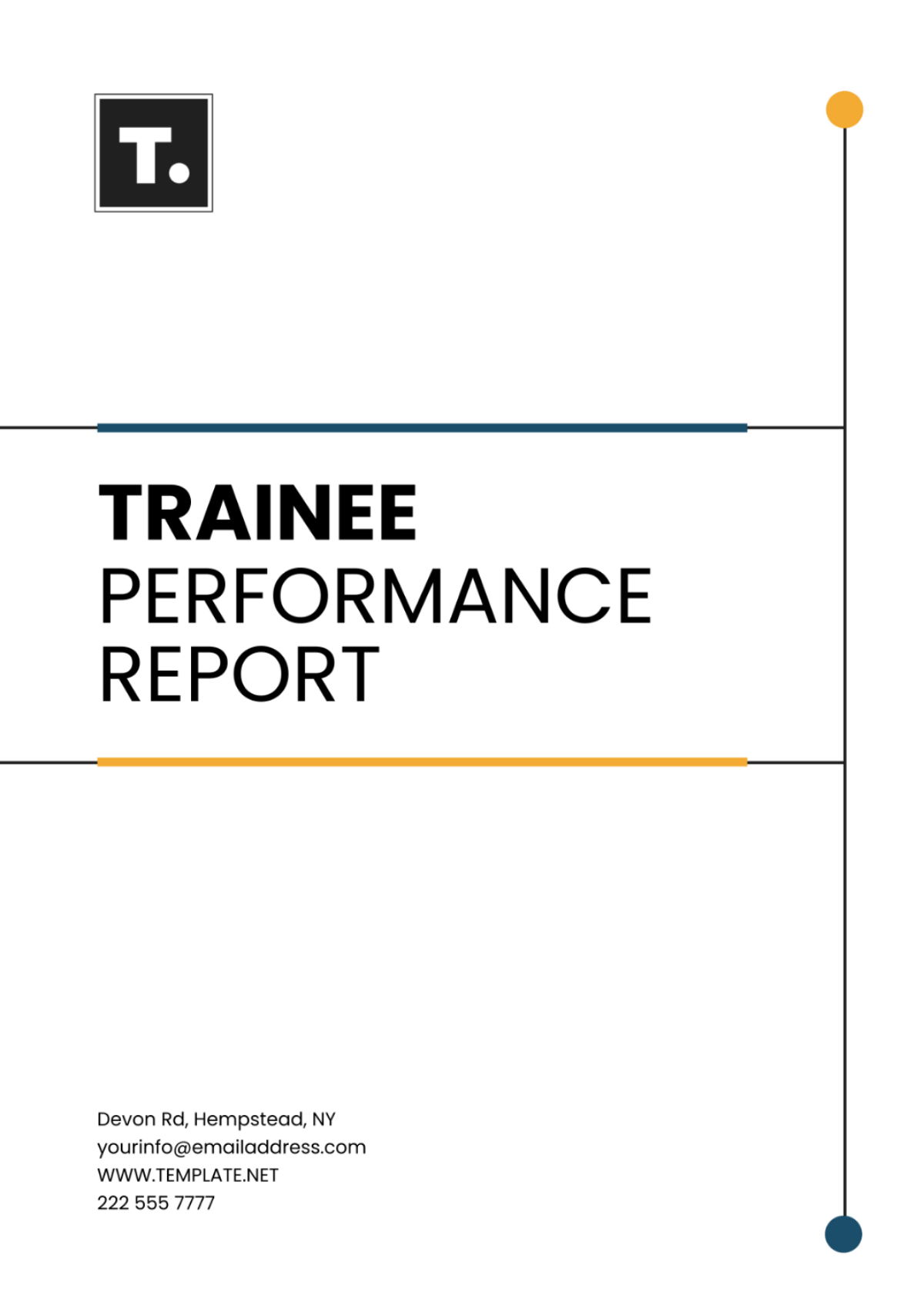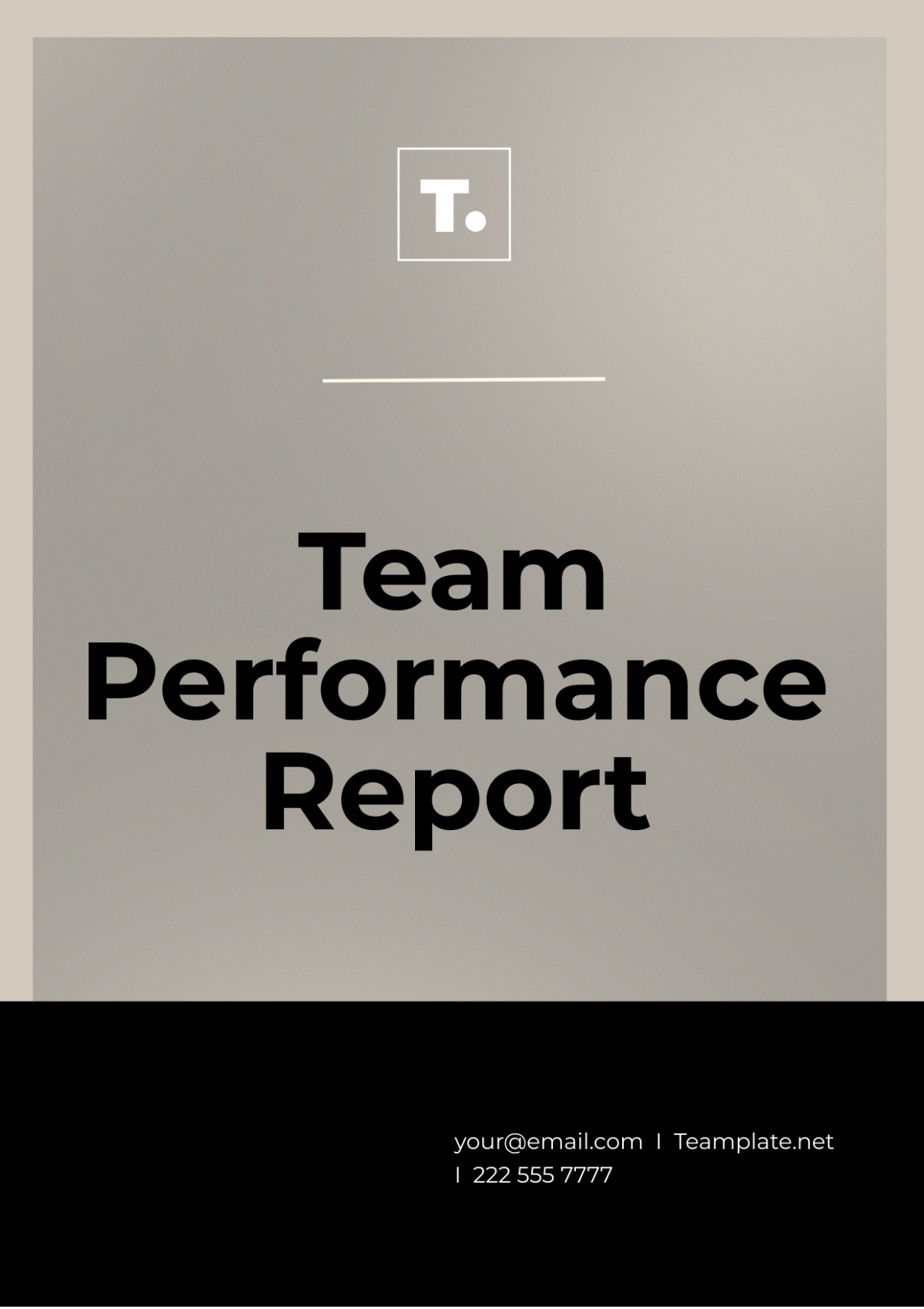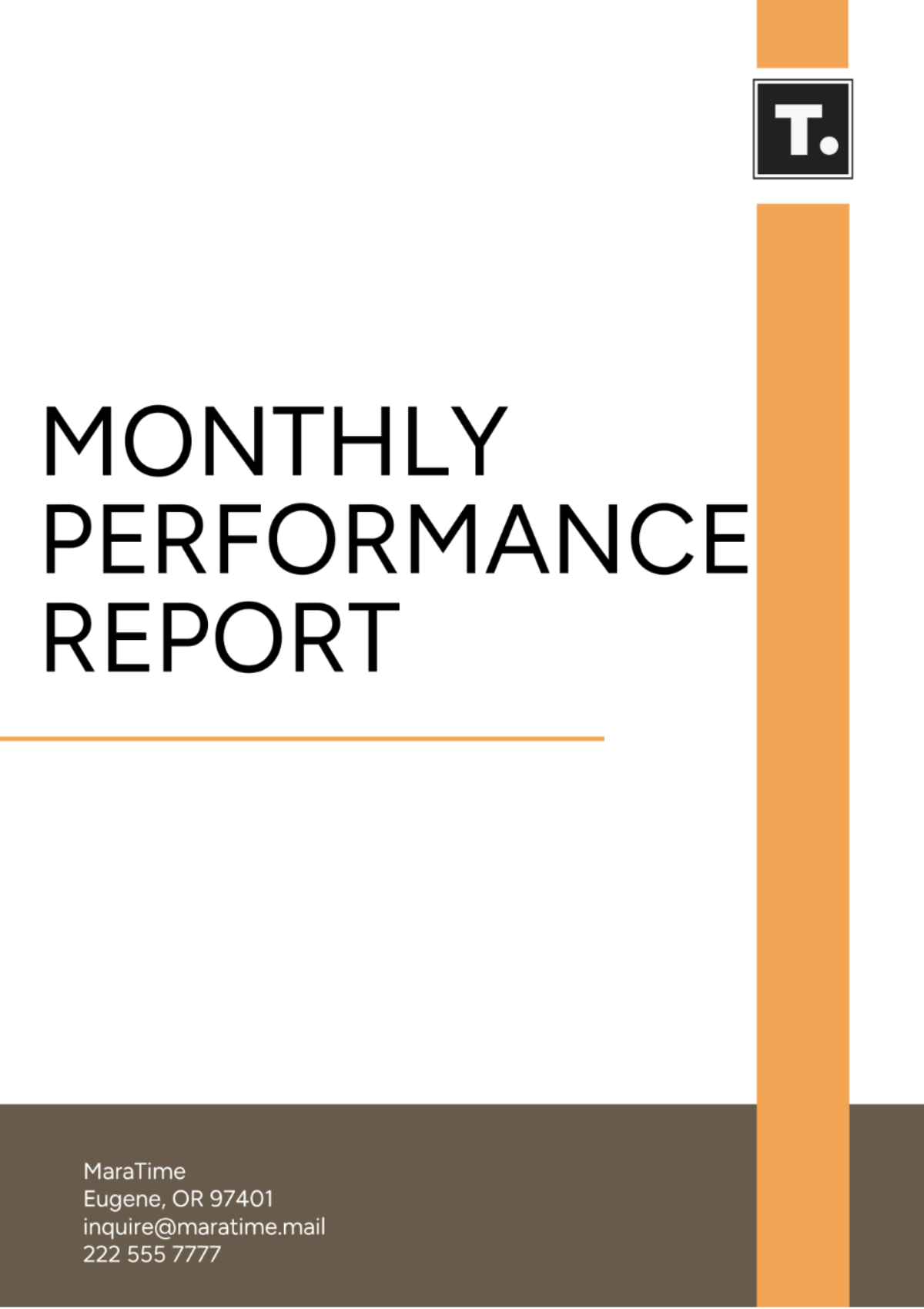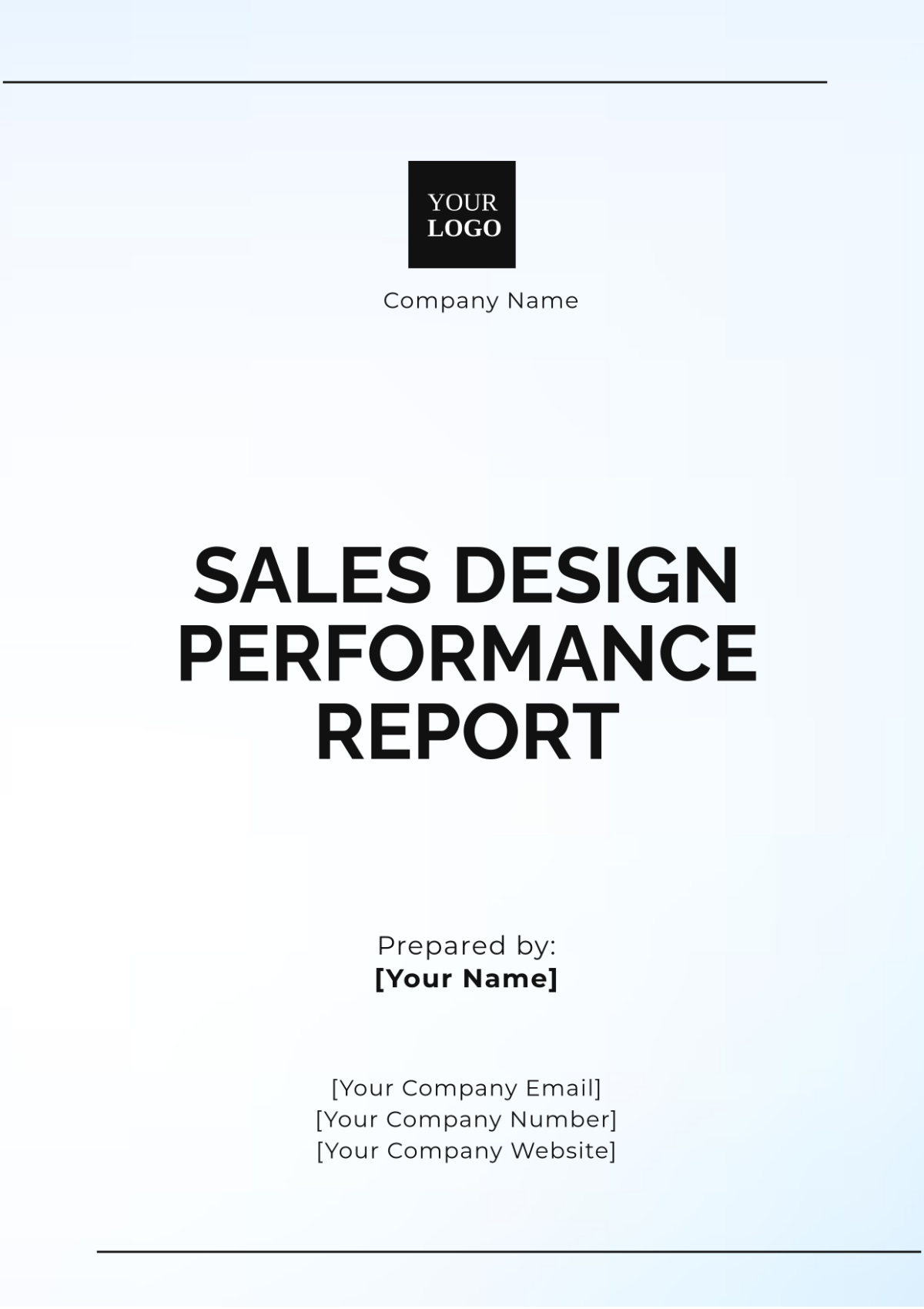Productivity Performance Report
Prepared by: [Your Name]
Company: [Your Company Name]
Date: July 15, 2050
I. Introduction/Purpose
The purpose of this Productivity Performance Report is to evaluate the productivity levels within our organization over the past quarter, specifically from April to June 2050. This report seeks to identify trends in efficiency, analyze output levels across different departments, and pinpoint areas requiring improvement. Through this detailed analysis, we aim to formulate strategies that will enhance operational effectiveness and boost future productivity across the entire organization.
II. Productivity Metrics
A. Output Levels
The output levels for the last quarter (Q2 2050) have been quantified in terms of completed projects, tasks accomplished, and benchmarks reached. Below is a breakdown of key productivity metrics by department:
Department | Completed Projects | Tasks Accomplished | Benchmarks Reached |
|---|---|---|---|
Sales | 18 | 220 | 4 |
Marketing | 14 | 160 | 3 |
Development | 28 | 350 | 5 |
Customer Support | 20 | 300 | 3 |
Human Resources | 10 | 100 | 2 |
B. Efficiency Levels
Efficiency levels have been measured based on time spent completing key projects and the effective utilization of available resources. Each department's average efficiency is listed below, with an emphasis on optimizing resource use and meeting deadlines:
Sales: 82% efficiency in resource usage.
Marketing: 78% efficiency in resource usage.
Development: 88% efficiency in resource usage.
Customer Support: 85% efficiency in resource usage.
Human Resources: 70% efficiency in resource usage.
III. Performance Analysis
A. Strengths
Development Team: The Development department has shown remarkable strengths in project management and timely completion of tasks. Their ability to handle complex projects while maintaining high efficiency has been commendable, particularly in completing 28 projects, surpassing their Q1 2050 output of 24.
Customer Support: The Customer Support team has maintained a high level of productivity by resolving 300 tasks while exceeding their benchmark, showing their strength in managing workload efficiently.
Cross-functional Synergy: Collaboration between Sales and Development has led to faster project turnarounds, especially on joint projects that require both technical and commercial input.
B. Weaknesses
Marketing: The Marketing department has faced challenges in both task accomplishment and benchmark completion. Delays in campaign rollouts and lower-than-expected results in achieving marketing goals suggest a need for improvement in both strategy and execution.
Human Resources: HR struggles with efficient resource utilization, as seen in their 70% efficiency score. This indicates room for improvement in both workflow optimization and resource management.
IV. Comparative Data
A detailed comparison of productivity metrics between Q1 and Q2 2050 highlights both improvements and areas needing attention. The Development and Sales departments have shown steady growth in output, while Marketing has displayed slower progress.
Quarter | Sales Output | Marketing Output | Development Output | Customer Support Output |
|---|---|---|---|---|
Q1 2050 | 16 projects | 12 projects | 24 projects | 18 projects |
Q2 2050 | 18 projects | 14 projects | 28 projects | 20 projects |
While Sales and Development have demonstrated consistent growth, Marketing's lower task completion rate suggests the need for better alignment of objectives and clearer task prioritization.
V. Recommendations for Improvement
A. Implement Advanced Time Management Tools
To enhance overall productivity, it is recommended to integrate advanced time management software across departments. Such tools would assist teams in better organizing their daily tasks, setting priorities, and tracking progress toward both individual and departmental goals. A special focus should be placed on integrating AI-driven tools to predict bottlenecks and optimize task distribution.
B. Conduct Resource Optimization Workshops
Workshops focused on resource optimization should be conducted to educate employees on best practices for resource management. These workshops should cover topics such as time management, efficient use of technology, and strategic allocation of manpower. By educating teams on these principles, the organization can expect a significant increase in efficiency, particularly in underperforming areas like Human Resources.
C. Establish Cross-departmental Collaboration
Encouraging greater cross-departmental collaboration, especially between Marketing and Sales, will foster innovation and efficiency. A collaborative environment would provide Marketing with valuable insights from Sales, leading to more effective marketing campaigns and improved alignment with sales goals.
D. Create Performance Incentive Programs
To motivate teams to improve their output and efficiency, a performance-based incentive program should be implemented. Rewards for meeting or exceeding productivity goals will help boost morale and drive performance across all departments, particularly in Marketing and HR, which are currently lagging.
VI. Conclusion/Summary
In summary, the overall productivity performance in Q2 2050 reflects positive growth, especially within the Development and Customer Support departments, which have excelled in both output and efficiency. Sales have also made notable progress, although some efficiency improvements are still needed. On the other hand, Marketing and Human Resources exhibit clear areas for enhancement in resource management and task accomplishment.
By implementing the recommended strategies—advanced time management tools, resource optimization workshops, cross-departmental collaboration, and performance incentives—the organization can further boost productivity levels and foster a more efficient, high-performing work environment in the upcoming quarters.

















































